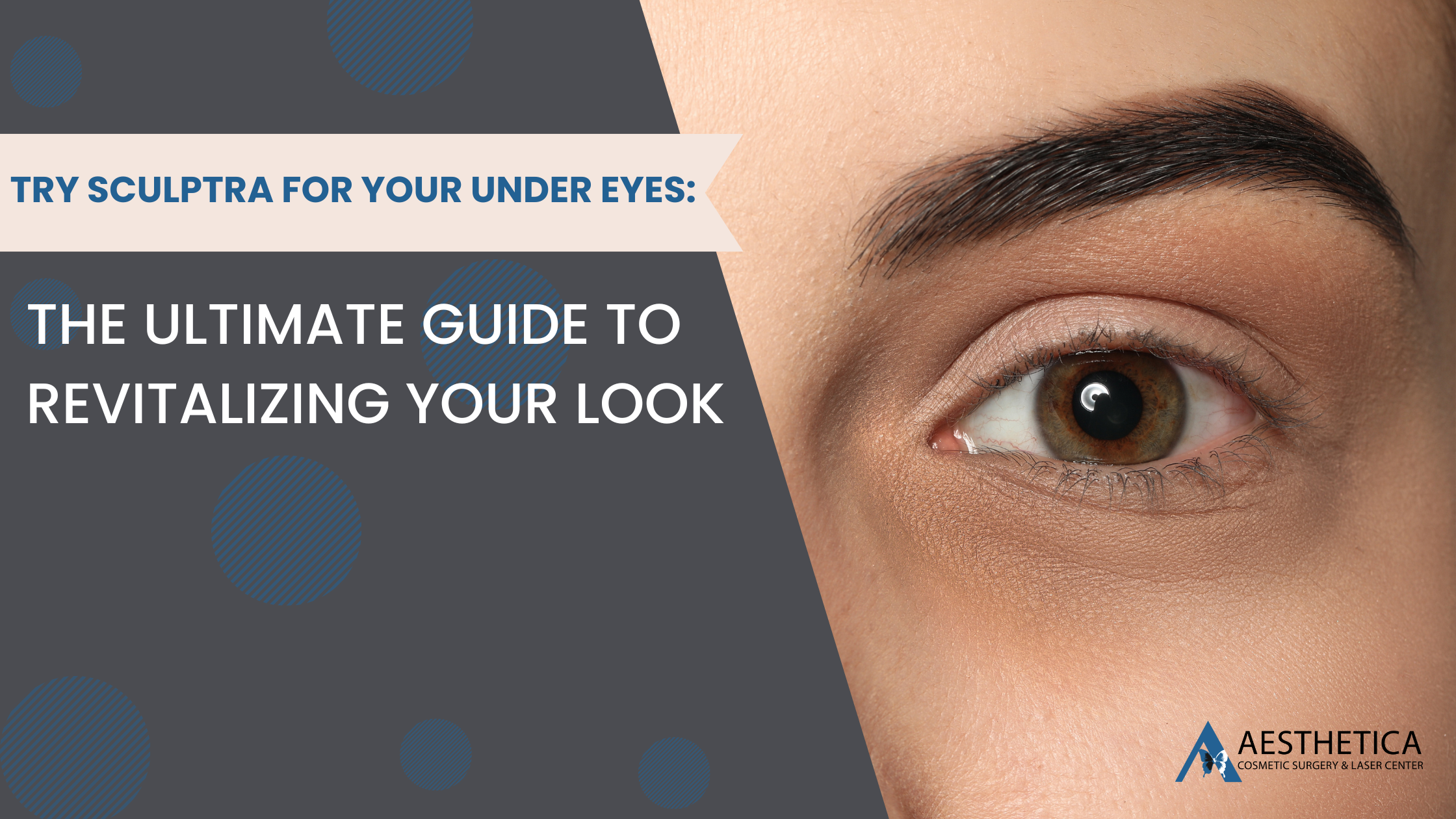What Gets Tightened During a Vaginal Tightening Procedure?6 min read

Aesthetica Editorial Team

While a broad spectrum of cosmetic procedures are available for vaginal rejuvenation, one stands out not just for its transformative potential but also for the intrigue it garners — vaginal tightening.
Vaginal tightening isn’t just a nod to vanity. It’s a path to renewed self-confidence, comfort, and, for some, a sense of reclamation. As the conversation around vaginal tightening gains momentum, a central question emerges: What exactly gets tightened?
If you’ve ever pondered this or are merely curious about the procedure’s specifics, you’re in the right place. Let’s unpack the intricacies and transformative aspects of vaginal tightening with the Sciton diVA laser.
What Causes Vaginal Laxity?
Vaginal laxity describes a loss of tightness in the vaginal area, something many women experience at some point in their lives.
A predominant cause of vaginal laxity is childbirth. Delivering a baby is no small feat, and the stretching that occurs during vaginal delivery can sometimes leave lasting marks. Even though the body has incredible healing capabilities, multiple births can make it more challenging for the vaginal walls to fully regain their previous tightness.
38% of women report symptoms of vaginal laxity.
Source: Campbell et al.
Aging also plays a role in vaginal laxity. As we age, our body naturally reduces its production of collagen and elastin, two vital proteins for skin elasticity. This reduction can manifest as decreased firmness in the vaginal region. Furthermore, life stages like menopause bring about hormonal shifts, which can decrease estrogen levels. With lower estrogen levels, the elasticity of vaginal tissues decreases, further contributing to laxity.
There are other vaginal laxity factors to consider outside of natural life processes. For instance, surgeries or trauma to the pelvic region can impact vaginal tightness. Genetics also have a role to play; some women may have a predisposition to experience changes in firmness earlier or more intensely than others. And it’s worth noting that certain lifestyle factors, such as heavy lifting or conditions that cause chronic coughing, can strain pelvic muscles over time.
How Does Vaginal Laxity Affect Your Life?
The implications of vaginal laxity stretch beyond physical changes.
At the forefront for many women is the potential impact on their sexual satisfaction. For some, decreased vaginal tightness leads to reduced sensation during intimate moments, altering their overall experience.
But vaginal laxity isn’t just about intimacy. Some women report physical discomfort, such as a sensation of heaviness in the pelvic area. Another concern is urinary leakage, especially during activities like laughing, sneezing, or exercising. This condition, known as stress urinary incontinence, is linked to decreased firmness in the vaginal region.
What is the DiVa Laser and How Does It Enhance Vaginal Tightening?
The diVa Laser, a groundbreaking non-invasive procedure, is specifically designed for vaginal rejuvenation. It uses hybrid fractional laser technology to delicately resurface the interior layers of the vaginal wall
The beauty of the diVa Laser is that it enhances vaginal tightening by stimulating the body’s natural healing processes. By doing so, the treatment encourages the regeneration of new tissue, leading to firmer, more youthful vaginal walls.

How Does the DiVa Laser Promote Collagen Production?
Collagen, the protein known for its elasticity properties, is a cornerstone in maintaining firm and youthful skin.
The diVa Laser doesn’t just stop at resurfacing. It goes a step further by sending laser beams into the deeper layers of the vaginal tissue. This action causes micro-injuries — tiny and painless — that jumpstart the body’s natural healing response. When the body detects these micro-injuries, it increases collagen production to heal the area.
As a result, the increase in collagen not only aids in repairing the tissue but also makes it tighter and more resilient!
What Gets Tightened During a DiVa Laser Procedure?
The magic of the diVa Laser lies in its precision.
The procedure primarily focuses on the vaginal canal’s internal lining, which can lose its elasticity over time or due to events such as childbirth. By targeting the vaginal canal, the diVa Laser tightens the vaginal walls, restoring their structure and sensation!
What Changes Can You Expect After Your DiVa Laser Treatment?
Initially, you may notice mild swelling or discomfort after the procedure, which typically subsides within a day or two.
As the days progress and the body begins its healing processes, the real transformation unfolds.
The most prominent change is a noticeable firmness and tightness in the vaginal area. Along with this physical transformation, many women experience increased sensation and pleasure during intimacy.
On the functional side, issues such as urinary incontinence will also see improvement, giving you an added layer of comfort and confidence.
Most importantly, a renewed sense of self-confidence and revitalized intimate well-being will significantly improve your emotional and psychological health.

Ready to Reclaim Your Femininity? Schedule a DiVa Laser Procedure Today!
Start your Sciton diVa journey today and experience the true wonders of vaginal rejuvenation! Our seasoned healthcare professionals are here to offer tailored advice and explore how the diVa Laser can rejuvenate your feminine area. Contact us to book your consultation, setting the course for revitalized intimate health and an enriched quality of life!
Meet us at 19500 Sandridge Way, Suite 350, Leesburg, VA 20176, or call us at (703) 574-4342 for a complimentary consultation with Board-Certified Plastic Surgeon Dr. Phillip Chang before moving forward with your procedure! If everything matches up, our team will help you navigate the entire process from beginning to end. Also, remember to check out our blog and social media for more information on plastic surgery and plastic surgery trends!
References
- Campbell, Patrick, et al. “Self-Reported Vaginal Laxity—Prevalence, Impact, and Associated Symptoms in Women Attending a Urogynecology Clinic.” The Journal of Sexual Medicine, vol. 15, no. 11, 2018, pp. 1515–1517, https://doi.org/10.1016/j.jsxm.2018.08.015 — Access date: 2 August 2023.
Let Us Help You!
Our office can provide you with helpful information, schedule a free consultation, and walk you through the many services and procedures we provide.
Contact Dr. Chang's Office:
More Articles For You

Try Sculptra for Your Under Eyes: The Ultimate Guide to Revitalizing Your Look
In aesthetic enhancements, Sculptra has emerged as a revolutionary treatment, especially for addressing concerns about

The Latest Techniques in Double Chin Removal in Leesburg, VA
In the charming town of Leesburg, VA, where looking good and feeling great are top

The Art of Refining the Side Profile of a Woman through Plastic Surgery
In the realm of cosmetic enhancements, the side profile of a woman holds a pivotal

Enhance Now, Pay Later: Plastic Surgery Payment Plans in Leesburg, VA
In the picturesque town of Leesburg, VA, pursuing beauty and self-improvement is a journey many
